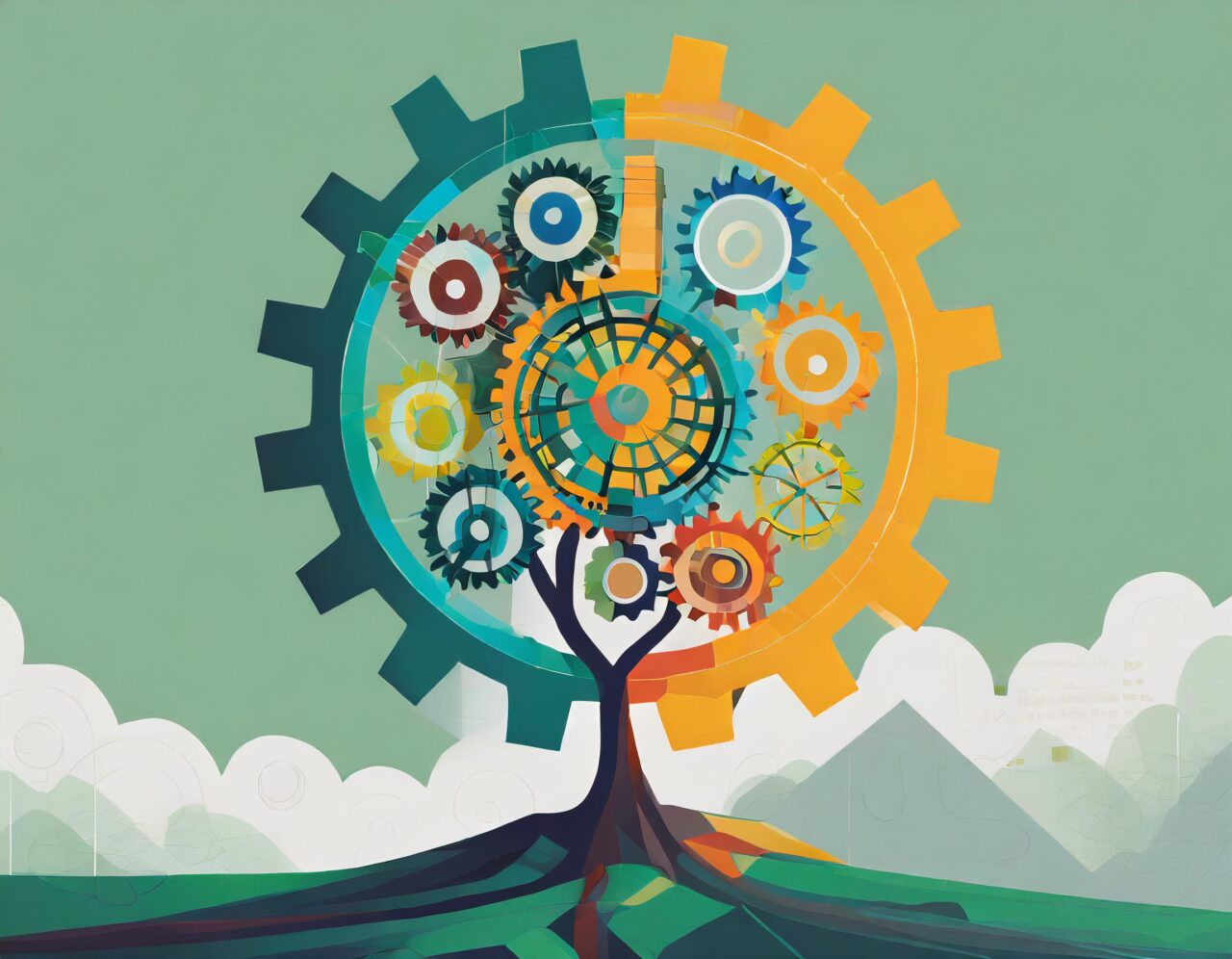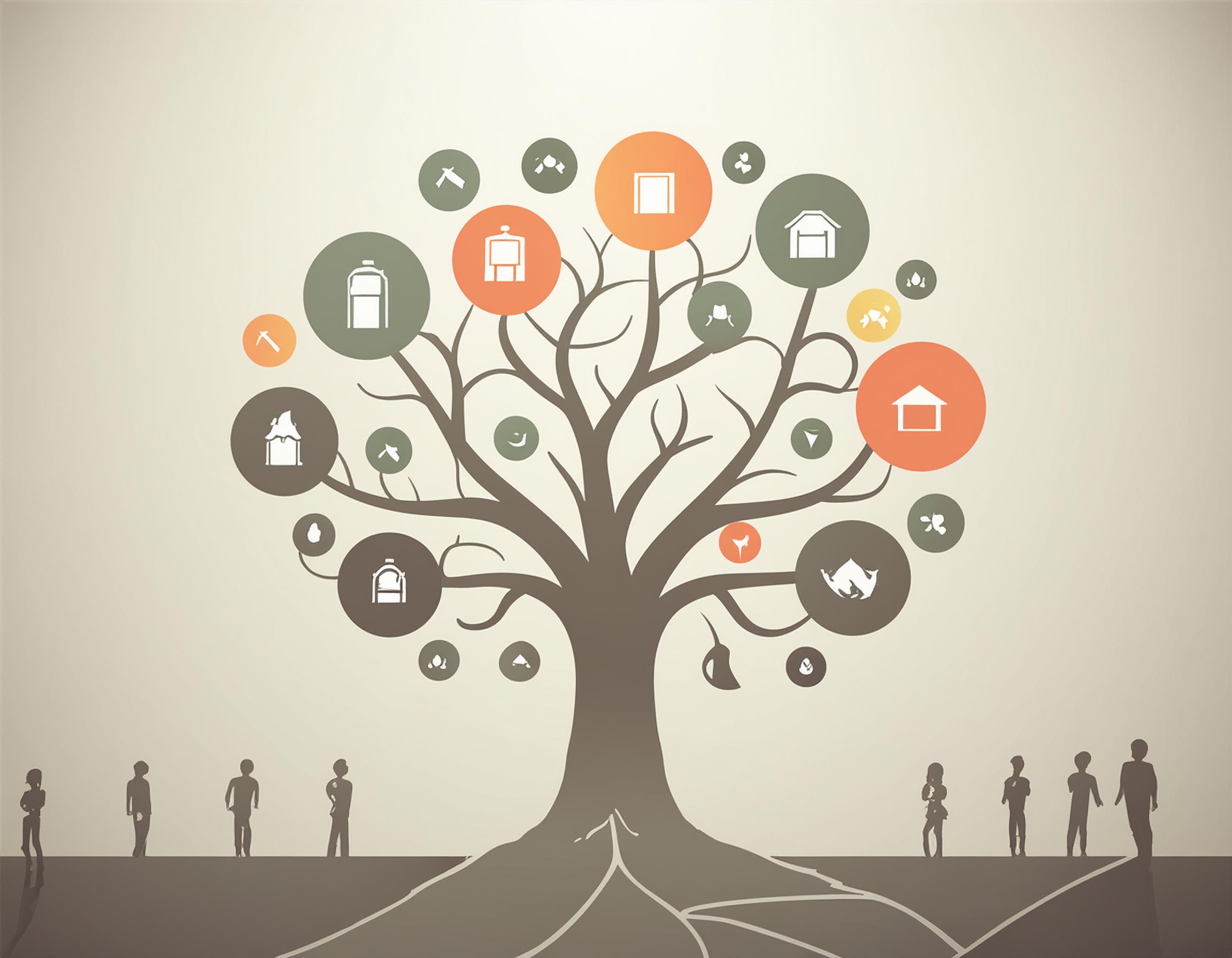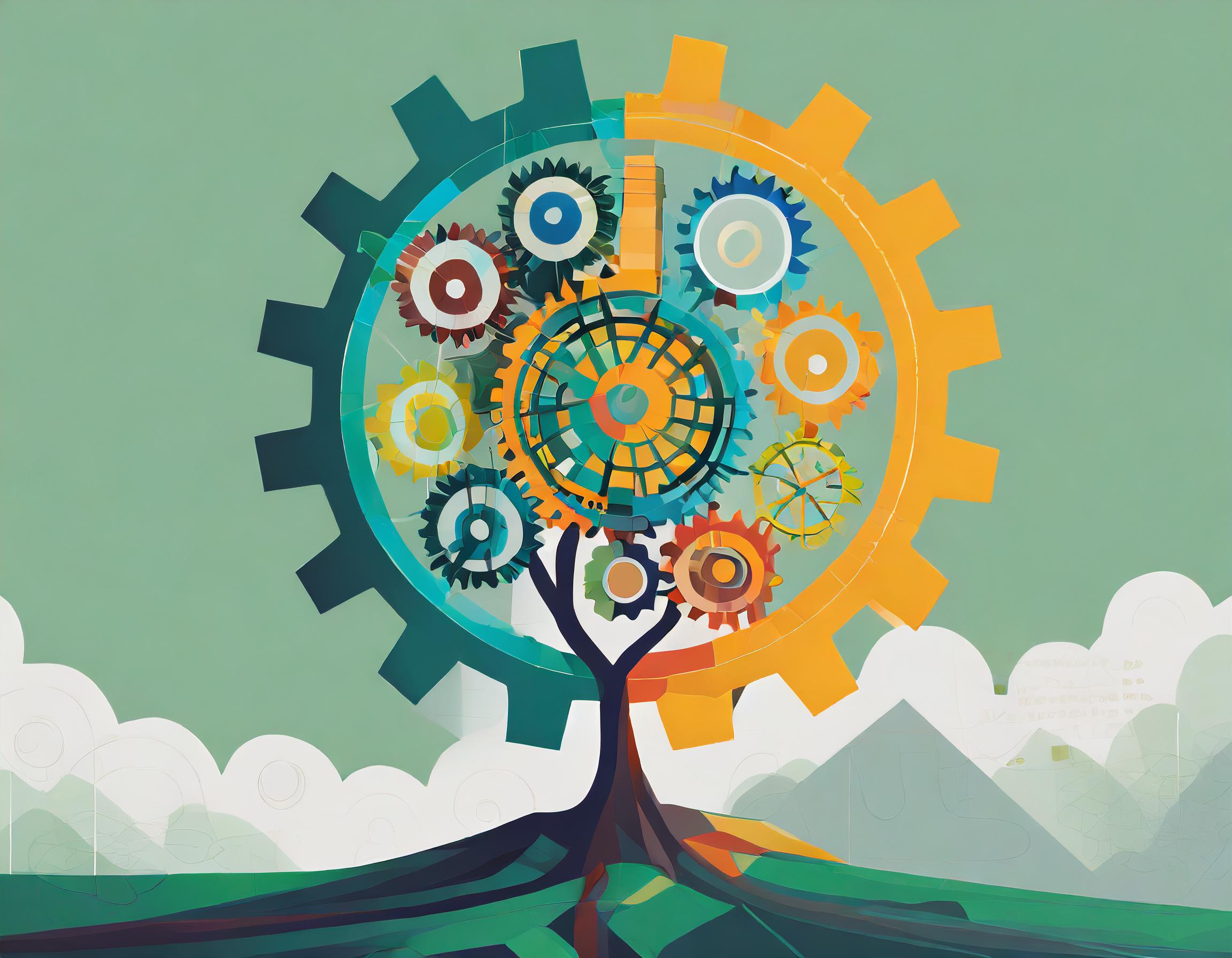Ecosystem-led growth is no longer a theoretical concept. Businesses across industries are reaping the benefits of collaboration and interconnectedness. Let’s delve into some real-world examples of successful ecosystem-led growth strategies:
1. Fintech Revolution:
The financial technology (Fintech) industry exemplifies the power of ecosystems. Traditional banks are collaborating with innovative startups to offer a wider range of financial products and services to customers. These ecosystems allow banks to leverage the agility and disruptive technologies of fintech companies, while startups gain access to the established customer base and infrastructure of the banks.
Example: JPMorgan Chase’s “FinTech Collaboratory” fosters partnerships with startups to develop innovative financial solutions in areas like artificial intelligence and blockchain technology.
2. Retail Transformation:
The way we shop has undergone a dramatic shift. Major retailers are no longer isolated entities. They are building ecosystems that seamlessly integrate online and offline experiences. This involves collaborating with logistics providers, delivery services, and online marketplaces to offer customers convenient and efficient shopping experiences.
Example: Walmart has partnered with companies like DoorDash and Instacart to offer grocery delivery services, blurring the lines between online and in-store shopping.
3. Healthcare Innovation:
The healthcare industry is embracing ecosystem-led growth to improve patient care and develop new treatments. Hospitals are collaborating with pharmaceutical companies, research institutions, and technology providers to share data, accelerate research efforts, and deliver personalized medicine solutions.
Example: Pfizer’s “Centers for Therapeutic Innovation” program partners with academic institutions and biotechnology companies to co-develop new drugs and therapies, accelerating the timeline for bringing life-saving treatments to patients.
4. The Rise of Super Apps:
Super apps, like WeChat in China and Grab in Southeast Asia, offer a vast array of services within a single platform. These ecosystems provide users with convenient access to everything from messaging and payments to transportation and food delivery. Super apps thrive on collaboration with various service providers, creating a one-stop shop for consumers and a valuable platform for businesses to reach a wider audience.
5. The Sharing Economy:
Companies like Airbnb and Uber have disrupted traditional industries by leveraging the power of the sharing economy. These ecosystems connect individuals who have underutilized resources (e.g., spare rooms, cars) with those seeking those resources. Collaboration with local businesses further enhances the user experience, creating a win-win scenario for all participants.
These examples showcase the diverse applications of ecosystem-led growth across various industries. By fostering collaboration, sharing resources, and co-creating value, companies can unlock immense potential for innovation, market expansion, and sustainable growth.
The next blog post in this series will delve into the importance of identifying key players who can contribute to a thriving ecosystem.
Frequently asked questions
What are some real-world examples of ecosystem-led growth?
Several industries have embraced collaboration:
- Fintech: Banks partner with startups to offer innovative financial products.
- Retail: Major retailers collaborate with logistics providers for seamless shopping experiences.
- Healthcare: Hospitals work with research institutions to develop new treatments.
- Sharing Economy: Companies like Uber connect individuals with underutilized resources.
How does collaboration benefit different industries within an ecosystem?
By working together, companies can:
- Expand market reach: Tap into each other's customer base.
- Enhance innovation: Share ideas and develop new solutions collaboratively.
- Optimize resources: Focus on core competencies and leverage partner strengths.
- Increase efficiency: Streamline processes and improve time-to-market.
Can traditional industries benefit from ecosystem-led growth?
Absolutely! The concept is not limited to technology companies. Any industry can leverage collaboration to unlock new opportunities and achieve growth.
What are some key takeaways from these successful ecosystem examples?
These examples showcase the power of collaboration in driving innovation, expanding reach, and achieving sustainable growth across diverse industries.



